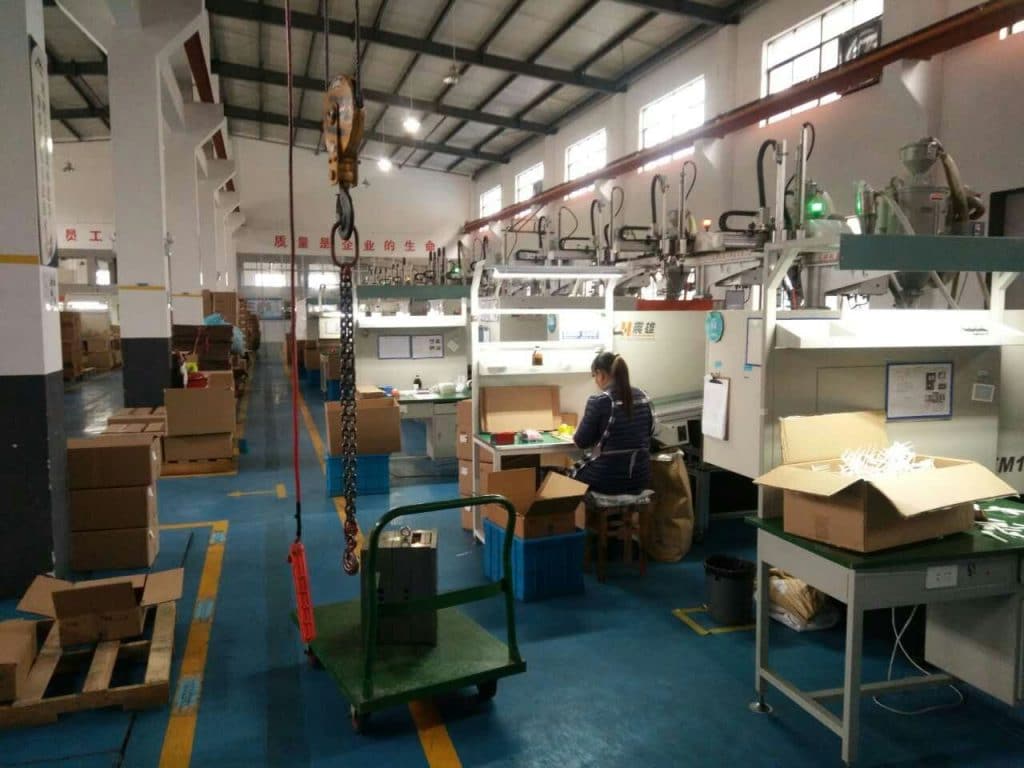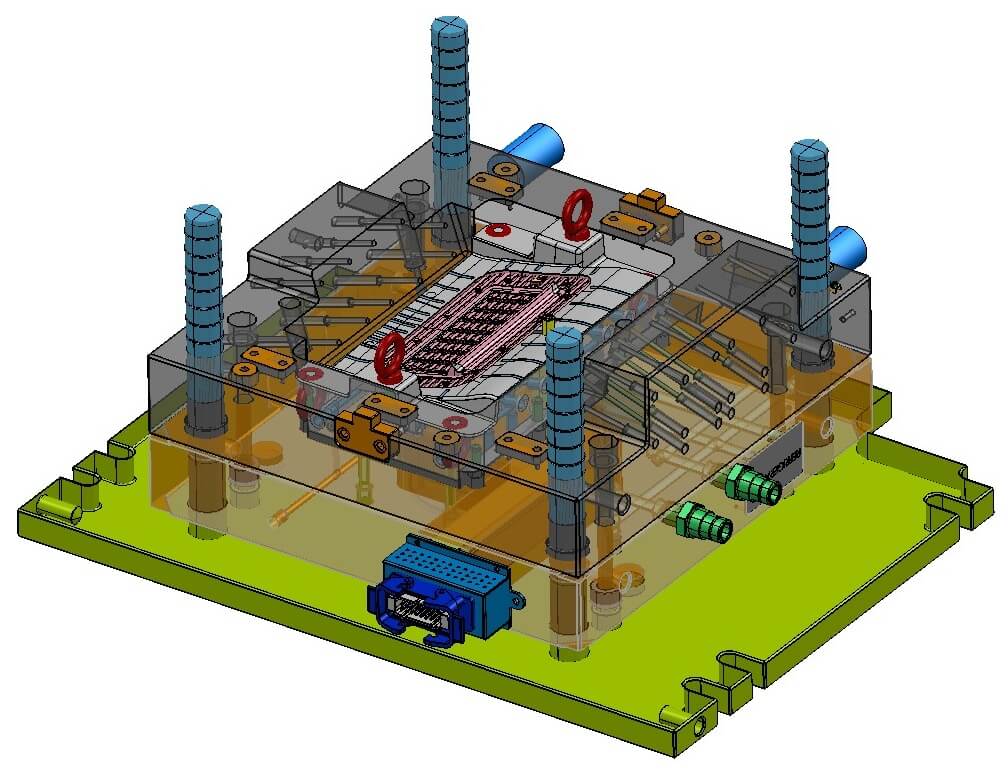To start and operate a molding facility, there are lots of costs involved, both direct and indirect.
- Capital requirements at the beginning of the project.
- Costs related to processing,
- Raw materials,
- And countless others, of which some are quite obvious, while others remain hidden.
- One of the main reasons startups fail is insufficient capital.
In most cases, stalling is due to a lack of funding for operations and sometimes insufficient knowledge of resources and equipment needed to operate a building successfully.
As an alternative to expanding or opening a new facility, one can obtain existing facilities in the general region to expand or startup. These services provide the facility with ready access to equipment already installed and operating, along with the possibility of obtaining personnel.

A business should always consider the cost and not just the price to determine its equipment requirements. It takes money to purchase an item, but it is only the face value of its purchase price that counts for the equipment’s purchase price plus the cost of maintaining, operating, and servicing it over its useful life span.
It can be advantageous to purchase used equipment to reduce capital expenditure while also reducing the lead time needed.
Generally speaking, well-maintained used equipment is between 30% – 60% less expensive than new equipment. Many manufacturers have remanufactured equipment available for between 50% – 80% less than the cost of new equipment.
In addition to depreciation, the capital requirements should also include the cost of production because the manufacturing costs are estimated in terms of depreciation, which will be added to the processing costs to determine eventual selling market prices. It is very important to decide what type, size, and the number of machines in the machine shop, and the area in which they will be used, is appropriate for this change.
For simple maintenance and repair work, only some simple pieces of equipment (such as a lathe, mill, and surface grinder) are necessary, which can be bought used, reducing the investment, and purchasing new equipment can be prohibitively expensive.
But if major repairs will need to be done, more sophisticated and larger equipment must be purchased. There is an estimated average demand of 350 kVA for each molding machine on the floor. Based on the calculations.

For an eight-machine facility, an electrical requirement for peak energy consumption of 2,500 kVA would be required. That includes electrical requirements for the molding machine and all auxiliary equipment, lighting and exhaust fans.
The Manufacturing Hourly Rate (MHR) for each molding machine is a value expressed in terms of cost per hour and affects when the machine is being used. Typically, molded parts are manufactured at molding facilities for 24 hours a day, five days a week, for 50 weeks a year, yielding 6,000 hours of production per machine per year.
In the molding process, cycle time refers to the time that passes from the point in the molding process until the very same point in the succeeding molding process. Thick-walled parts take longer to make than thin-walled ones, and the time it takes to process them is determined by their wall thickness.
Markups refer to costs that are not included in base calculations but are added to the product or service cost. For a typical custom molder, they’ll include about 10-15% profit margins to cover the cost of the mould.
Plastics News published a recent survey that reports that the 30 largest custom molding companies in the United States realized about $980,444 in annual sales for each machine and 800,000 in annual sales due to their expertise and extensive product lines on average.
An article on utilization describes the ability of a machine to produce good quality parts during the time available to do so, compared to how much of it is actually being used by molding machines.
In recent studies, it has been found that molders utilizing custom equipment are experiencing average utilization rates of around 85% and efficiency rates between 98% and 94%, while most proprietary molders experience utilization rates closer to 70% and efficiency rates of around 85%.
